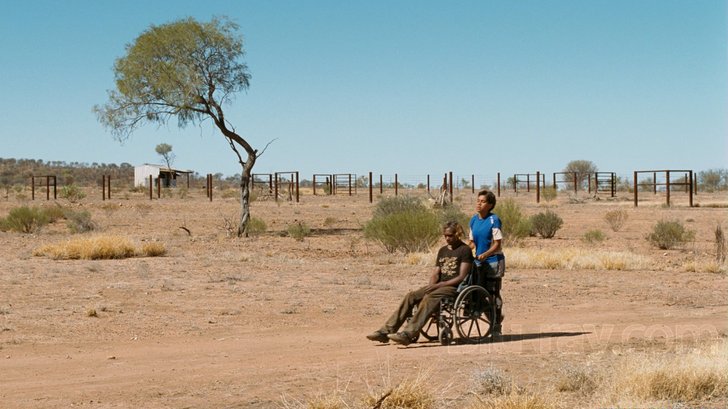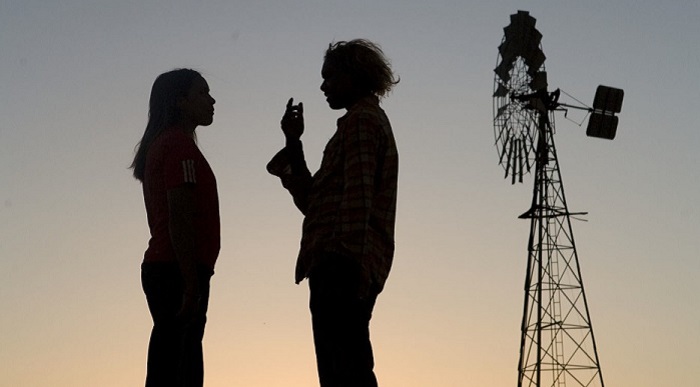Today we would like to look at the theme of #territorialidentity from another perspective, by presenting the film “Samson and Delilah” (2009). Directed by the Indigenous Australian director Warwick Thornton, the film deals with the inner conflict of a young couple between aborigine cultural traditions and the modernity associated with the White Australian way of living.
This “survival love story” narrates the adventures of two indigenous Australian 14-year-olds living in a remote Aboriginal community who steal a car and escape their difficult lives by going to Alice Springs. Samson (Rowan McNamara) is a mute boy with an addiction to sniffing petrol, who lives with his brother and his reggae band. Delilah (Marissa Gibson) lives with her grandma and together they make a living by producing folk art canvases. Their attempt to leave behind their old life is characterised by a violent clash with modernity and urbanity, which does not accept them. Lost, unwanted and alone they discover emargination, living rough under a bridge and falling back to their addiction.
Set in a bleak Beckettian landscape where life rolls on uneventfully and time cyclically progresses, the film takes a slow pace to depict the evolution in the relationship of Samson and Delilah with one another, as well as with their community. The film barely presents any dialogue, or soundtrack, apart from a tune played by Samson’s brother’s reggae band, which is the echoing theme song throughout the film. This intentional silence does not come off as oppressive, as it makes viewers focus on the looks and gestures of the protagonists.
A key theme is the relationship with the earth, which can be symbolically connected to territorial identity. When Samson digs in the ground to take a mud bath he is attempting to return to the land, to be reborn through the traditional ways of being which fail in contrast with the modern lifestyle. By representing the difficulty of holding onto tradition, the film portrays a circular journey away from tradition and then back to it. Samson and Delilah, in fact, seem to be in between two traditions, yet excluded from both, which is signalled through several moments of the film.
We recommend watching this film, as it is a great opportunity to discover a new perspective through contemporary Post-colonialist cinema. Do you have any other titles in mind that you would suggest? Let us know in the comments!




